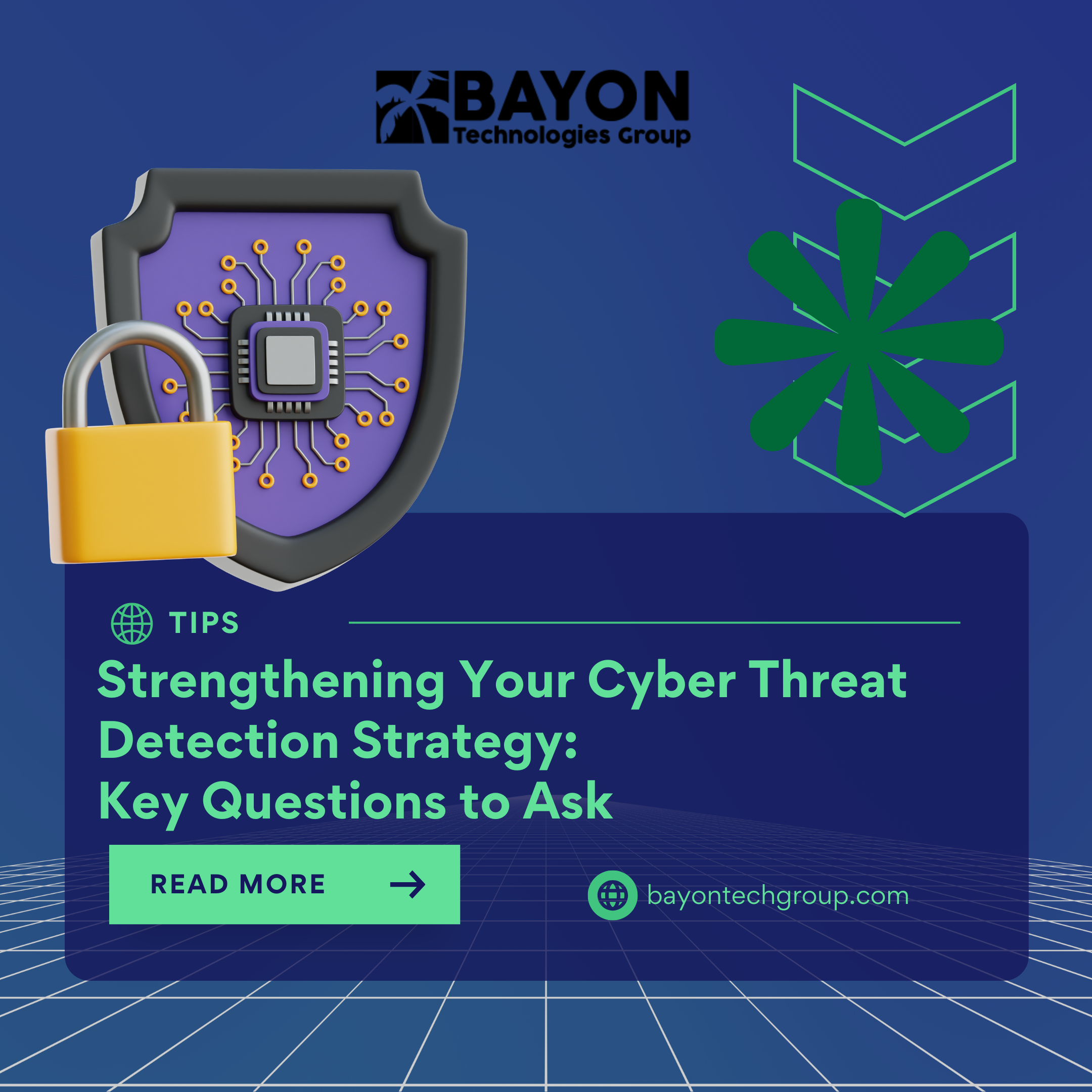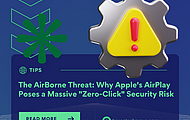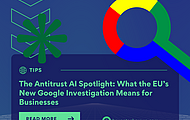Strengthening Your Cyber Threat Detection Strategy: Key Questions to Ask

Cyber threats are evolving faster than ever, and traditional security measures are no longer enough to keep up. Attackers now move with alarming speed—often achieving their objectives within hours of breaching a system. Yet, for many organizations, detecting these intrusions can take days, weeks, or even months. This gap leaves businesses vulnerable to data breaches, financial loss, and reputational damage.
The Growing Challenge of Exploit-Based Attacks
One of the most pressing issues in cybersecurity today is the rise of exploit-based attacks. Unlike traditional malware, these attacks take advantage of software vulnerabilities—sometimes even zero-day exploits—to infiltrate systems undetected. According to recent findings:
- Email-based techniques have been overtaken by exploit-based attacks as the main threat vector, according to Mandiant.
- CrowdStrike notes that 75% of threats now use "living off the land" (LotL) techniques, leveraging legitimate system tools to avoid detection.
Attackers are discovering new vulnerabilities more quickly than defenders can fix them due to the rise of AI-powered exploit discovery. Because of this change, behavior-based detection—which looks for unusual activity that fits with the tactics, methods, and procedures (TTPs) of the attacker in addition to known malware signatures, becomes crucial.
Why Detection is Falling Short
Despite advancements in cybersecurity, many organizations struggle with ineffective detection strategies. Accenture found that less than 1% of detection rules are fully effective, leaving security teams drowning in false positives while real threats slip through.
The challenge lies in detection engineering—the process of turning threat intelligence into actionable detection rules. Writing, testing, and maintaining these rules is a massive undertaking, and without proper validation, security teams end up with gaps in coverage or an overwhelming number of irrelevant alerts.
To improve detection, organizations need:
- Full visibility into their IT environment to spot anomalies.
- Automation to filter out noise and prioritize real threats.
- Up-to-date threat intelligence to stay ahead of evolving attack methods.
Four Key Questions to Improve Your Detection Strategy
If your organization wants to strengthen its cyber defenses, start by asking these critical questions:
Is your detection pipeline effective?
- Ensure your security controls and SIEM (Security Information and Event Management) systems work together seamlessly. Without proper integration, critical alerts may go unnoticed.
Can your controls catch threats beyond prevention?
- No security measure is foolproof. Detection acts as a safety net when prevention fails, so your defenses must identify threats that bypass initial protections.
How quickly can you gain insights during an incident?
- In a breach, every second counts. Immediate visibility into detection capabilities helps security teams respond faster and minimize damage.
How do you address detected gaps?
- Once vulnerabilities are identified, develop and implement new detection rules to close those gaps before attackers exploit them.
Staying Ahead in an Ever-Changing Threat Landscape
Cybersecurity isn’t a one-time effort—it’s an ongoing battle. Attackers constantly refine their methods, and organizations must adapt just as quickly. Beyond technology, fostering a strong security culture is essential. Educating employees on cyber risks and encouraging vigilance can prevent many attacks before they even start.
How Bayon Technologies Group Can Help
At Bayon Technologies Group, we understand how overwhelming cybersecurity can be. Our team of experts specializes in helping businesses like yours stay protected against evolving threats. From advanced threat detection solutions to incident response planning, we provide the tools and expertise needed to secure your operations.
Don’t wait until an attack happens—proactive defense is the best defense. Contact us today to learn how we can strengthen your cybersecurity strategy and keep your business safe.
‹ Back







